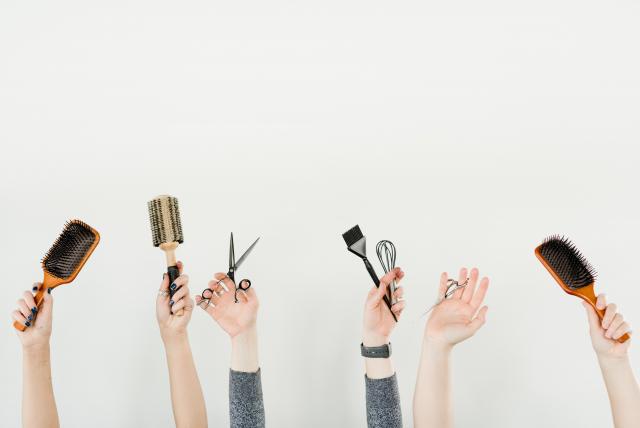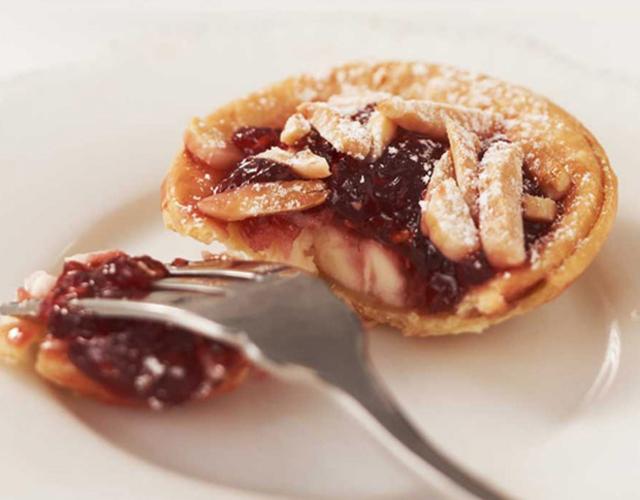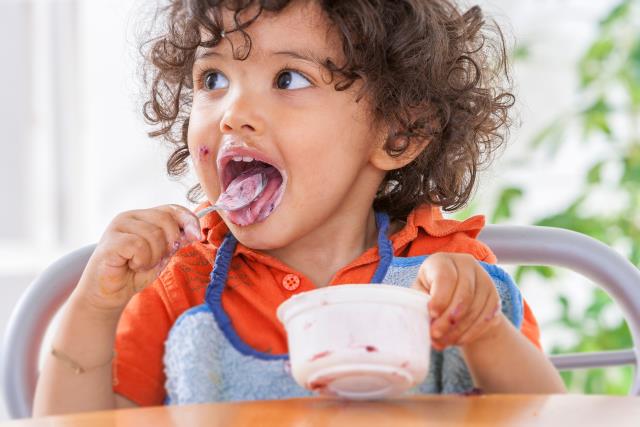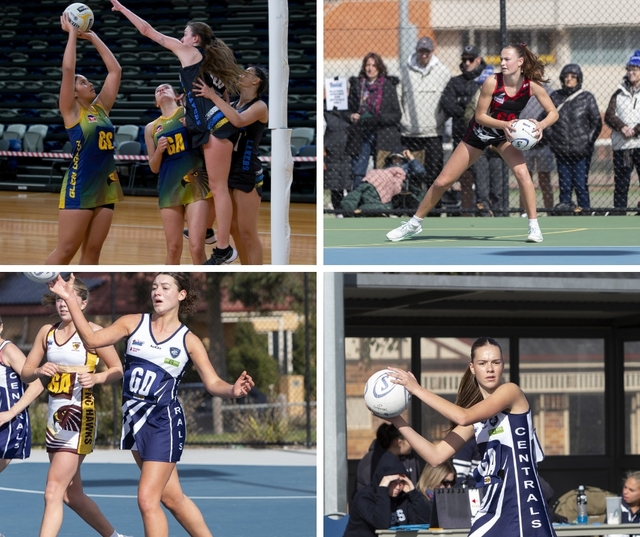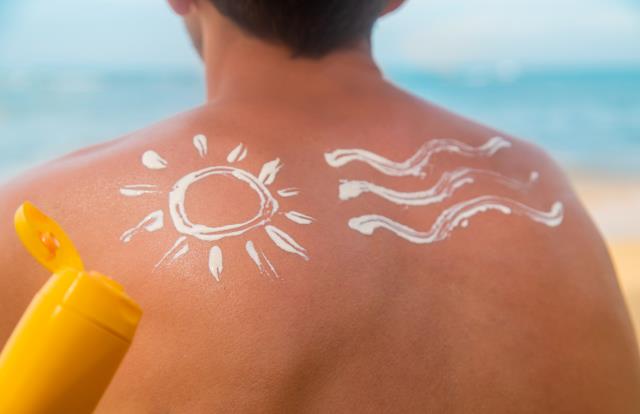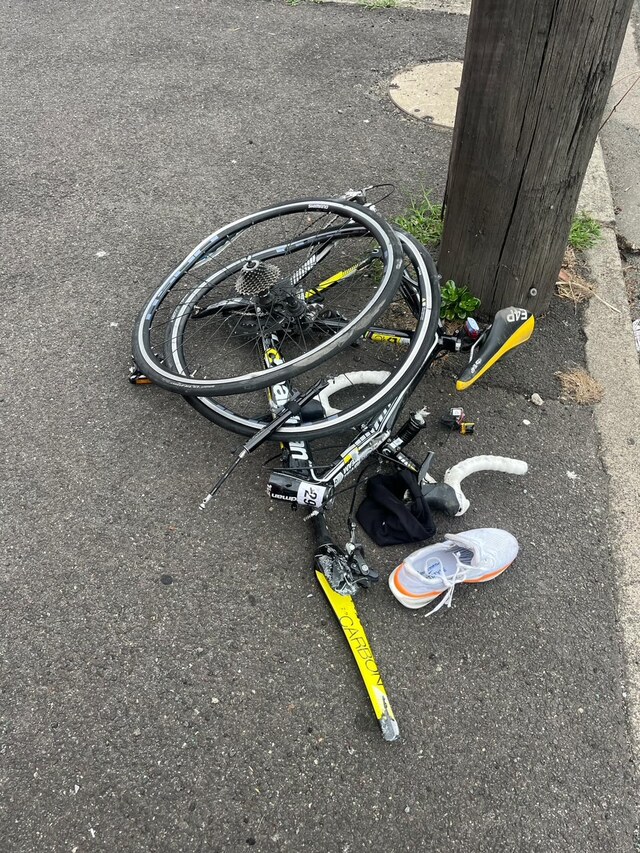It’s back to school time in Maribyrnong and Hobsons Bay, and unfortunately for many school children (and their parents) it’s also the return of head lice.
According to health authorities, head lice is most prevalent among children of primary school age.
It’s important to point out that head lice and nits are not caused by poor hygiene or unkempt hair. Rather the lice can be transferred by direct contact with the hair allowing the little creatures to easily go from an infected individual to an uninfected individual.
And with kids being kids, it’s not hard to imagine how easy their hair comes into direct contact with each other during playtime.
So what exactly are head lice?
Head lice are wingless parasitic insects that move from one individual to another by crawling or climbing; contrary to a popular misconception, head lice can’t jump!
What makes them such a problematic infestation is that female lice lay their eggs, otherwise known as the ‘nits’, close to the scalp and the bottom of hair strands making them hard to detect.
The ‘nymphs’ hatch then only take a further seven days to grow to adulthood and just another seven days to breed, which is why early detection and removal is so important to break the breeding cycle.
It’s thought generally that between 20-30 per cent of primary school students are likely to get head lice at some stage. A single infested head can successfully infest a whole classroom and when the children return home, they often unwittingly pass the infestation on to the rest of the family.
The telltale signs to look out for in your child include if you notice them scratching, especially around the back of the neck and behind their ears. While head lice do not carry or transmit disease their irritation can lead to itchy dermatitis on the scalp, crusted sores and enlarged lymph nodes in the neck. But this isn’t common, and your child can avoid it if you treat their head lice as soon as possible.
For treatment and detection look closely at your child’s hair to see if they have small, oval-shaped, white or brown-black nits attached to the root of the hair, near the scalp.
If you do see nits, you might also see live head lice. Live head lice move fast so to spot them you might have to part your child’s hair very quickly.
Once you have discovered head lice you will need get rid of them as quickly as possible.
This is where your local community pharmacy comes in which stocks special combs as well as shampoos and other products to treat head lice infestation.
There are chemical-based treatments available as well as a number of treatments which are based on essential oils such as anise, rosemary, lavender, and tea tree oil. There is also a range of herbal products.
Talk to your local pharmacist about what treatment is appropriate for your child and other family members if they are infested.
Also ask your pharmacist to recommend an evidence-based product – that is: one that is proven to be effective – and also ask them to show you how to apply it effectively.
After selecting a treatment, it is important that following its use, you test to see if the lice are dead. This is because you need to be sure that what you are using is working on the lice.
Whatever head lice treatment is chosen, a fine toothcomb is essential to get the nits out.
If live lice are found in the combings after treatment, it’s possible that the head lice are resistant to the particular product, and retreatment should begin as soon as possible with a product from a different active-ingredient group.
If the lice are dead, treat again in seven days using the same product. If the treatment has worked, the lice will be dead within 20 minutes.
It is possible a head lice product could cause a reaction and should be used with care by women who are pregnant or breastfeeding, children less than 12 months old and people with allergies, asthma or who have open wounds on the scalp.
For more advice talk to your local community pharmacist.
By The Pharmacy Guild of Australia

